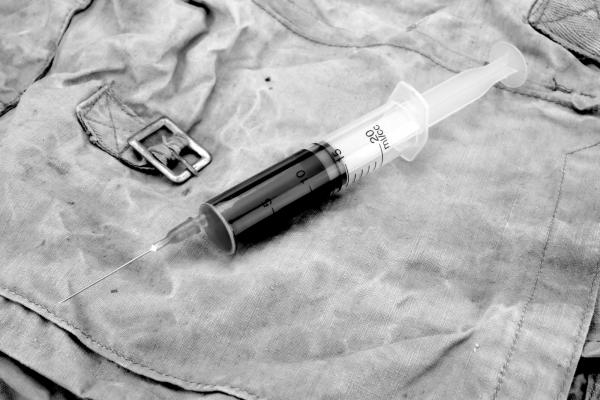Nov 17, 2017
What must it be like to survive your own execution?
It happened this week in Ohio. And it’s not the first time.
Read the Full Article

Already a subscriber? Login

What must it be like to survive your own execution?
It happened this week in Ohio. And it’s not the first time.
